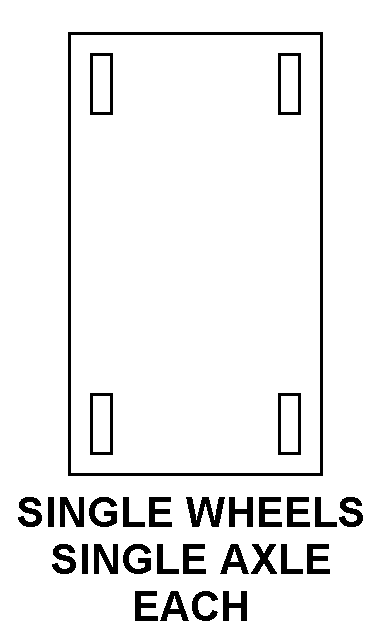3810015751586
Price Quote Get an up to date pricing and availability quote for this product. Order online or over the phone.
Quality Commitment
Serving our customers with quality and safety first.
- AS9120 Certified
- Audited supply chain
- ITAR Registered
- DDTC Registered
- HAZMAT Certified
- Customer service objectives
- Every product 100% inspected

3810-01-575-1586 Specification Set by the OEM (see RNCC code 3)
rough terrain hydraulic equipment
4
diesel engine
4 section full power boom 1; telescopic swingaway extension 1; 2-stage DOUBLE-Acting telescoping cylinder 1; 3 position outriggers 4
power
cummins diesel
qsb 6.7l turbo
telescoping
cummins
six cylinder qsb 6.7l turbo
1
single wheels, single axle each end
2
40.0 tons
10.000 feet
33.000 feet
not set
diesel
112.000 feet
78.0
included
360.0
telescopic
2
2
included
not included
included
hydraulic
23.5 x 25-20Pr bias earthmover tires; 2 12-volt MAINT-Free batteries; 4X4 drive; 58 gallon fuel tank; 3 main gear pumps hydraulic 35000psi
1
Cross Reference Parts Part numbers that meet the specification outlined on this page and set by the OEM
Identification Item Identification Guide (IIG) and Item Name Code (INC)

Definition Definition of approved item name (AIN): "CRANE,TRUCK MOUNTED"
A crane, consisting of a full revolving superstructure complete with boom and mounted on a heavy duty, self-propelled truck or truck chassis suitable for highway travel. It is primarily designed for weight lifting operations. The crane is self-powered or may derive its mobile power from the power unit of the truck chassis in connection with a hydraulic system. The crane is not convertible to shovel or backhoe operations. For truck mounted cranes convertible to shovel and backhoe operations in addition to performing weight lifting operations, see crane-shovel, truck mounted. For items specifically designed for the recovery of disabled vehicles and equipment, see truck, wrecker.
3810-01-575-1586 Material Hazmat, Precious Metals, Criticality, Enviroment, and ESD
Indicates there is no data in the hmirs and the nsn is in a fsc not generally suspected of containing hazardous materials.
Item does not contain precious metal.
No known electrostatic discharge (esd) or electromagnetic interference (emi) sensitivity.
Represents items with no adp components
The item does not have a nuclear hardened feature or any other critical feature such as tolerance, fit restriction or application.
Identification Codes
HMIC: Hazardous Material Indicator Code. A one position code that identifies a hazardous item.
PMIC: Precious Metal Indicator Code. A one position code which identifies items that have precious metals as part of their content. precious metals are those metals generally considered to be uncommon, highly valuable, and relatively superior in certain properties such as resistance to corrosion and electrical conductivity.
ESD: Electrostatic Discharge. Indicates if an item is susceptible to electrostatic discharge or electromagnetic interference damage. electrostatic discharge damage occurs when an accumulation of static electricity generated by the relative motion or separation of materials is released to another item by direct contact. electromagnetic interference damage occurs when an item comes into proximity with an electrostatic or magnetic field.
ENAC: Enviromental Attribute Code. Identifies items with environmentally preferred characteristics.
CRITL: Criticality Indicator Code. Indicates an item is technically critical by tolerance, fit, application, nuclear hardness properties, or other characteristics.






